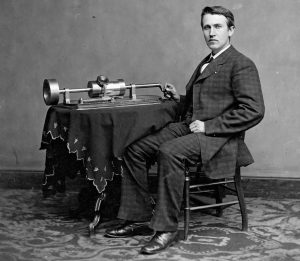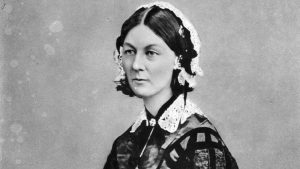
30 interesting facts about William Morris
- 👁️ 2110
William Morris, born on March 24, 1834, in Walthamstow, England, was a multifaceted artist, designer, writer, and social activist. Often considered one of the most influential figures of the Arts and Crafts Movement, Morris’s work extended to designing textiles, wallpapers, and furniture. He was a founding member of the Pre-Raphaelite Brotherhood and a pioneer in preserving historic buildings. A passionate socialist, Morris worked tirelessly for social reform. Let’s delve into 30 intriguing facts about William Morris to gain insight into the life and work of this creative genius.
- Morris is widely known for reviving traditional British textile arts and crafts, particularly hand-block printing.
- He founded Morris, Marshall, Faulkner & Co. (later known as Morris & Co.) in 1861, which produced decorative arts.
- A writer as well as a designer, Morris authored several novels, including the famous “News from Nowhere.”
- Morris was an advocate of environmental conservation and believed in creating products that were both beautiful and useful.
- He played a significant role in the establishment of the Society for the Protection of Ancient Buildings.
- Morris’s designs often drew inspiration from nature, featuring intricate patterns of birds, flowers, and leaves.
- He was a founding member of the Socialist League in 1884 and actively campaigned for workers’ rights.
- Morris’s childhood home was the Water House in Walthamstow, which later became the William Morris Gallery.
- He studied at the University of Oxford where he met Edward Burne-Jones, with whom he founded the Pre-Raphaelite Brotherhood.
- Morris taught himself Old Norse and translated various Icelandic sagas into English.
- His Kelmscott Press, established in 1891, was instrumental in the revival of the private press movement.
- Morris’s designs were not just limited to textiles; he also designed stained glass windows.
- A lover of medieval art, he helped restore churches and preserve their original aesthetic.
- Morris’s fascination with calligraphy led him to write and illustrate many of his books.
- His artistic philosophy extended to his home, Red House, which he designed and decorated with his friends.
- Morris’s political beliefs found expression in his lectures, essays, and activism in support of the socialist movement.
- His work had a profound influence on design education, impacting institutions like the Royal College of Art.
- He had a strong relationship with other artists of his time, including Dante Gabriel Rossetti and Philip Webb.
- Morris’s wallpaper designs continue to be reproduced and remain popular to this day.
- His Kelmscott Chaucer, published in 1896, is considered one of the most beautiful books ever made.
- Morris was also a talented poet, publishing collections such as “The Defence of Guenevere” and “The Earthly Paradise.”
- He travelled to Iceland, and his experiences there influenced both his literary and design work.
- Morris’s motto, “Art by the People and for the People,” reflected his belief in accessible and functional art.
- Despite his dedication to traditional craftsmanship, Morris understood the need for machine production and sought ways to humanise industrial practices.
- He was a founding member of the Art Workers’ Guild, aiming to bridge the gap between designers and craftsmen.
- Morris served as the treasurer of the National Liberal League in 1879, a position that aligned with his political beliefs.
- His efforts to preserve historical buildings extended to famous sites like Tewkesbury Abbey and St. Mark’s in Venice.
- Morris believed that art and beauty could enrich everyday life and should not be confined to galleries or the elite.
- He opposed the restoration practices of his time, viewing them as misguided attempts to modernise rather than preserve historical structures.
- Morris’s influence extended to the U.S., inspiring the American Arts and Crafts Movement.
William Morris’s life and work present a captivating blend of artistry, social consciousness, and dedication to craftsmanship. His influence on design, literature, and political thought has left a lasting mark on various fields. Morris’s vision of an aesthetic rooted in function and beauty, his dedication to preserving history, and his unflagging pursuit of social justice continue to inspire artists and thinkers today. His legacy endures as a testament to the power of creativity, conviction, and collaboration.











